Wajima Nuri Lacquer Ware
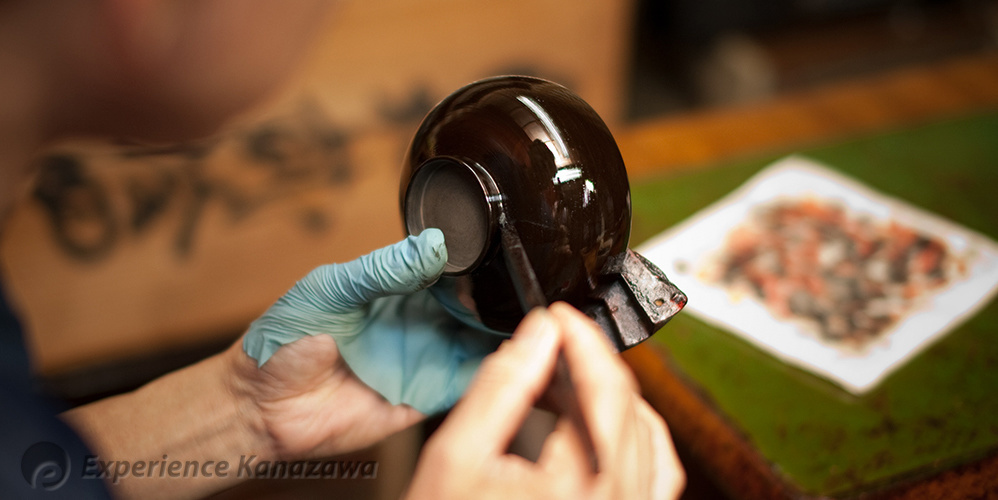
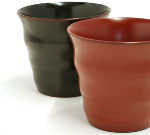 Wajima: The city of lacquer. The process of applying the lacquer is the most complex, and there are as many as 124 steps.
Wajima: The city of lacquer. The process of applying the lacquer is the most complex, and there are as many as 124 steps.

Wajima Nnuri is the art of applying lacquer onto various wares, such as soup bowls, cups, plates, chopsticks, jewelry boxes, tables, furniture and etc. It originated in Wajima city, Ishikawa prefecture. Only naturual lacquer and wood are used to produce the ware.
By Wawa / Published: August 7, 2012
Wajima Nuri Lacquer Ware

Wajima: The city of lacquer.
The process of applying the lacqure is the most complex, and there are as many as 124 steps.

By Wawa / Published: August 7, 2012
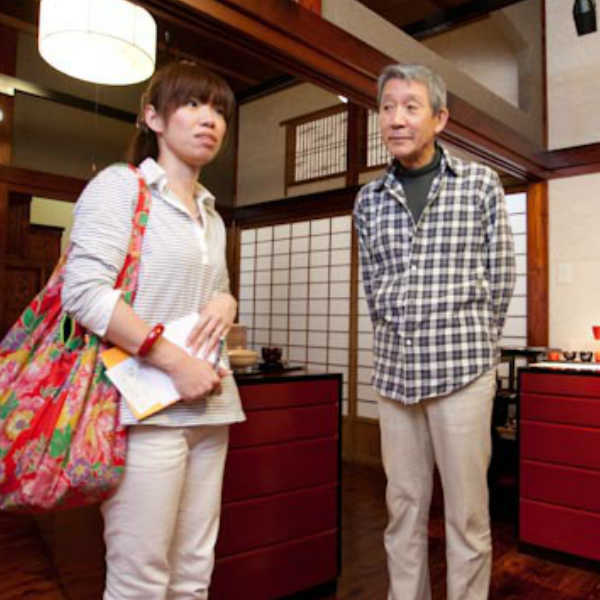
Making Wajima Nuri requires refined skills and years of experience,
so it is impossible for others to copy it.
Nationally renowned Wajima Nuri masters currently live in the city. And this lacquer ware has been recognized as a traditional Japanese craft. Those who are well-trained in the art of Wajima Nuri are given the title of certified traditional craftsman. The city of Wajima is now trying to make this ware recognized as world-class cultural heritage. Hopefully, in the near future, Wajima Nuri will not only be appreciated by Japanese, but also by people around the world.
In Japan, when people mention Wajima, they immediately think of Wajima Nuri.
Of all the steps involved in the production of these pieces, the process of applying the lacquer is the most complex, and there are as many as 124 steps.
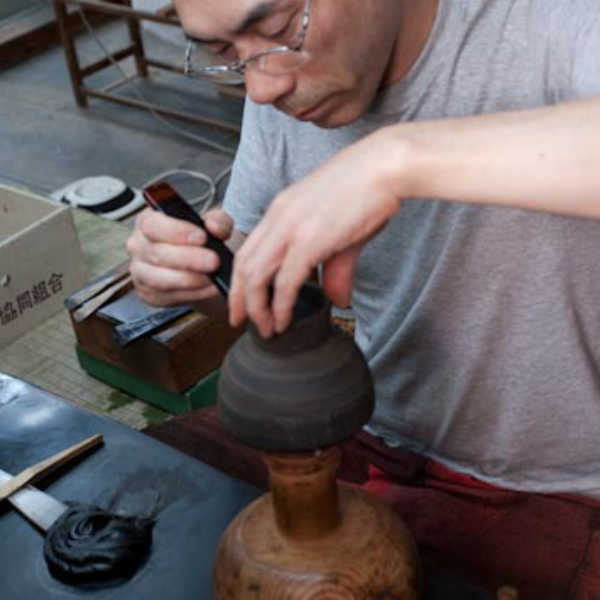
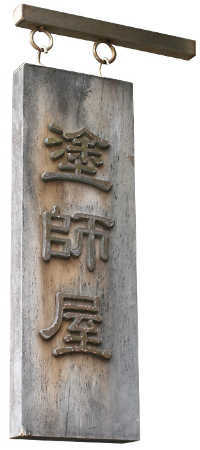
These steps usually take 6 to 7 people’s efforts and skills. Each person is assigned to certain steps. They ensure that each step is completed timely and precisely, so the next step can be continued without any mistakes. The quality of Wajima Nuri depends on the skills of its craftsmen skills which have been actively cultivated throughout history. This is the reason why Wajima Nuri is the highest quality lacquer ware in Japan. Today, people in the city have continued supporting and promoting this precious culture. As a Wajima resident, I am also very proud to be part of it.
*
Making Wajima Nuri is the most important industry in Wajima. There are about 1,500 families doing Wajima Nuri related businesses. However, most of the sales are done by accepting the orders first and then making the products, so there are not so many shops selling these lacquer wares here.
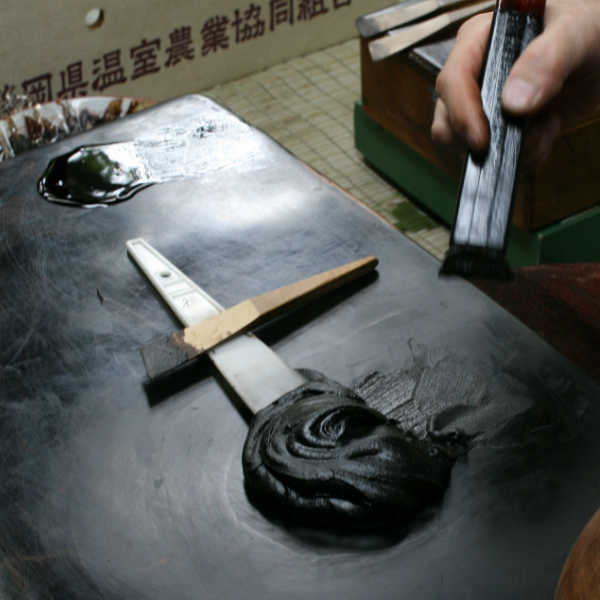
If you want to buy real Wajima Nuri, you might have to contact a lacquer house called nushiya directly.
*
The lacquer house refers to the workshop where the 'nuri' is designed, the responsibilities of the craftsmen are assigned, and the sale is made.
Most of the nushiya are family businesses passed down from generation to generation. There are many old lacquer houses here in Wajima. Allow me to introduce two very special nushiya. “Osaki” has been a nushiya since the late Edo period. The owner Shoemon Osaki is the 4th generation of this family business. The family follows strict principles in making the Wajima Nuri and make it only with 100% natural Japanese lacquer. Their Wajima Nuri has a strong but elegant color. When you touch the nuri (lacquered material), you can not help but notice the softness and smoothness of the texture.
*
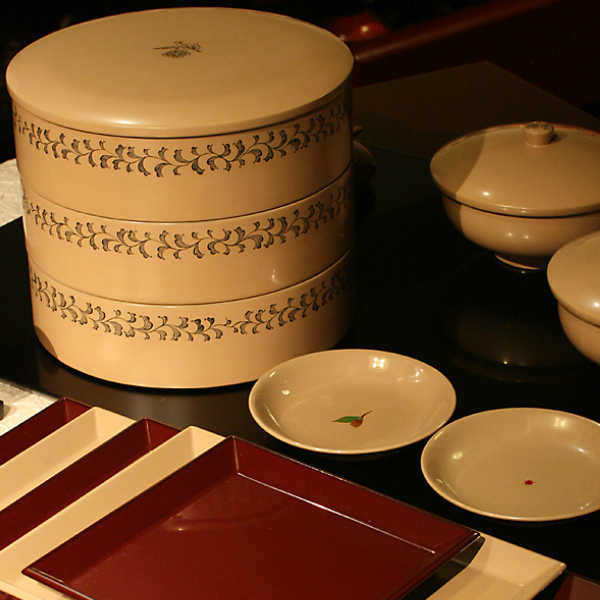
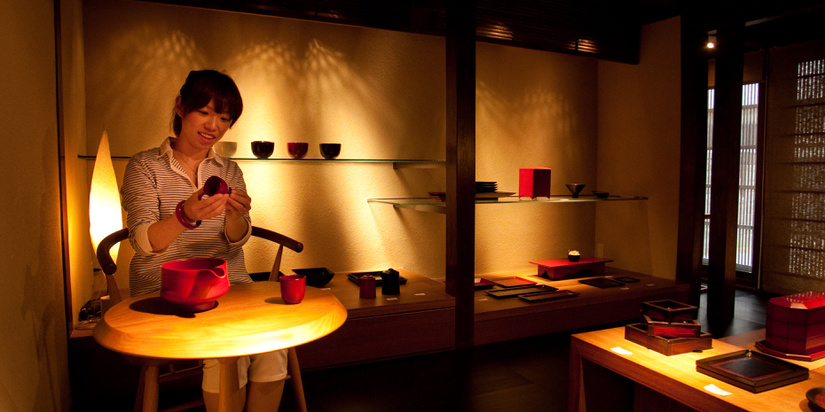
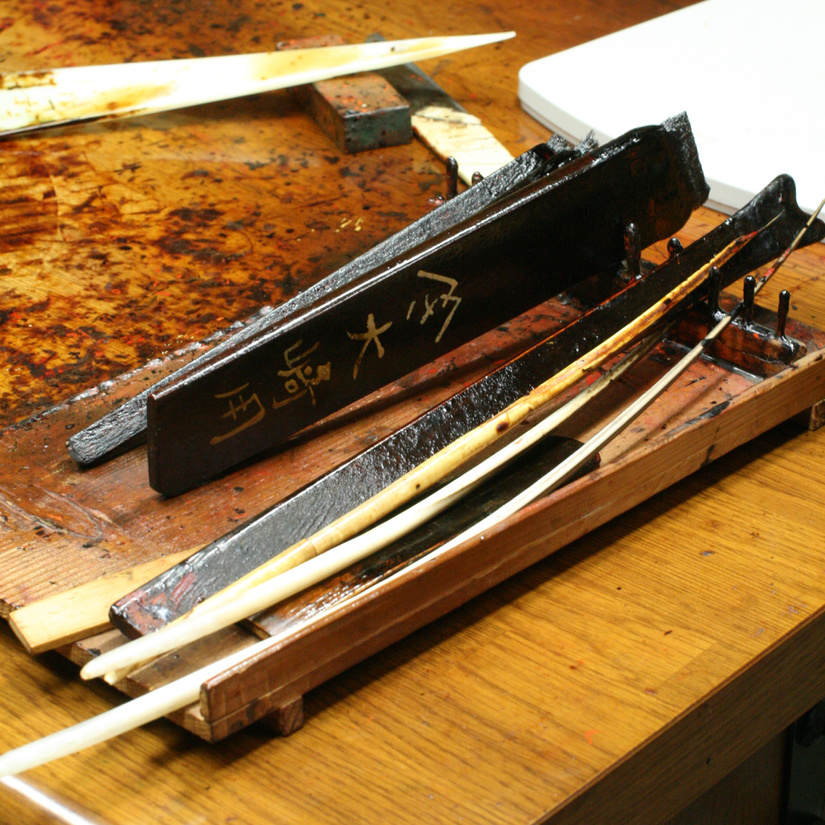
The Osaki Nushiya building is over 100 years old. It is a unique Wajima-style wooden house.
It is also a very typical old style nushiya building that the workshop owner lives in the front part of the house while the craftsmen work in the back part of the house. In the far rear of the house, there is a room called kura, which is designed for the craftsmen who are in charge of applying the lacquer. This room, kura, allows the craftsmen to perform this step of the production separately from other steps, since they need to work in a dust-free environment.
*
The building is a long rectangular shape, and the length is about 80 meters. However, the store front looks just like a regular residential house with a small sign hanging by the door. It is very easy to miss it. This is also another distinct feature of Wajima Nuri. Unlike the lacquer ware shops with beautiful store fronts in Kyoto, the Wajima Nuri is usually sold by dealing directly with the workshops. If you want to visit Osaki Nushiya, you need to call ahead to make a reservation.
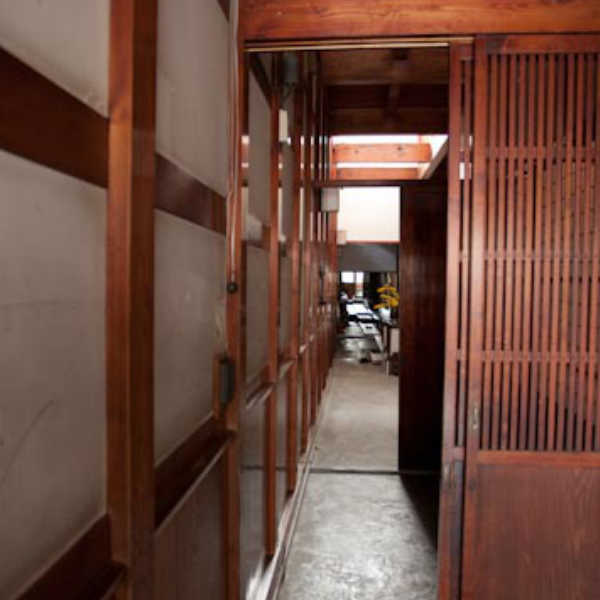

If you have trouble communicating with them, please feel free to contact me!
*
Tsutaya is located in the downtown of Wajima city. It takes about 10 minutes from the train station on foot.
This shop is about 170 years old, and now is ran by the sixth generation named Daiku. Though Mrs Daiku is not originally from Wajima, she has brought some fresh ideas to the traditional lacquer ware. Her mother used to collect different kinds of tableware, thus she also enjoyed learning the knowledge of each tableware since she was a kid. Therfore Mrs Daiku has a great sense of coordinating lacquer ware with other tableware that has different texture, color or shape.
*
Mrs Daiku came up with the idea of pairing the Japanese lacqurware with western-style tableware. By doing this, the tableware set shows the elegance and the creativity. She is fond of paring the glassware with the lacquer ware. I have seen the paring of a tableware set she did coordinate, and I could not help admiring the wonderful fusion of eastern ancientry and western modernity.
*
When designing the Wajima Nuri, Mr Daiku also thinks from a housewife’s point of view and adjusts the size, depth, height and shape. Therefore, the lacquer ware is not only beautiful, but also practical and convenient. They also have many decoration ideas. For example, she has added special curves at the four corners of the bottom of the nest of boxes called jubako. With this design, this lacquer ware becomes an outstanding piece of decoration for any space.
*
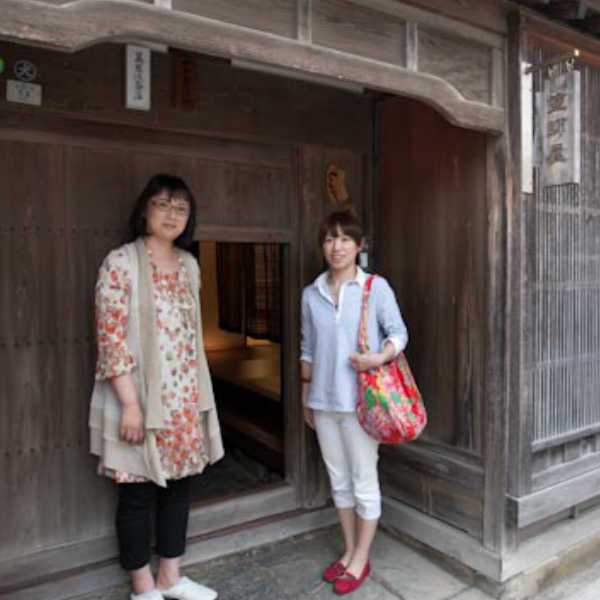
Also, Mrs Daiku has designed a deep plate called “Round Bachi”. It looks like a big round, deep plate that is often used to serve salad in the western countries. Since it is made with natural lacquer and cloth, it is very light. The price is 73,500 yen, by the way.
*
I also want to introduce the sake cup above (this size is big enough to be used as a coffee mug). This cup has no decoration on it, and shows its original warm color. It's designed for all seasons. In Japan, tableware usually has different design or decoration based on the difference of the seasons. For example, cherry blossom is the design for Spring. Though people can enjoy the color of season with those decorations, we need flexible ones that you can use in any season.
*
The layout of Tsutaya is designed like a gallery. With the soft lighting and nice music, it has created the perfect environment to appreciate the Wajima Nuri. I am sure you would enjoy it.
*
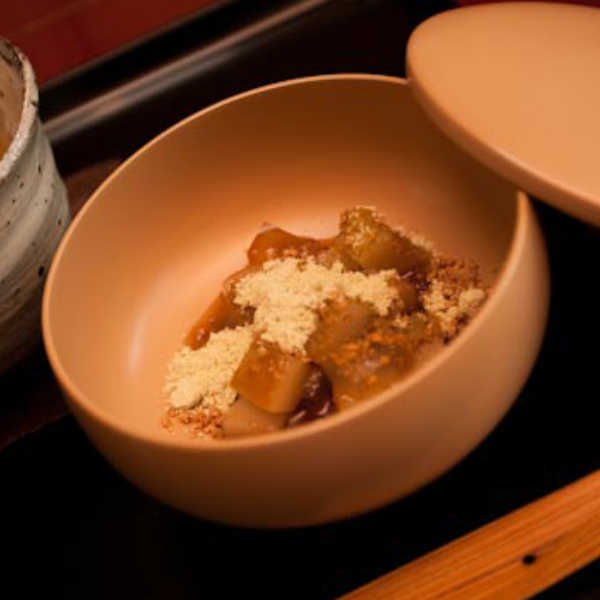
Kanazawa Area
Kenrokuenn Garden
Following Matsuo Bashô’s steps in Ishikawa - 1/6 [Introduction]
Following Matsuo Bashô’s steps in Ishikawa - 2/6 [Kanazawa]
Noto Area
Mitsukejima Island
Kaga Area
Following Matsuo Bashô’s steps in Ishikawa - 3/6 [Komatsu City]
Following Matsuo Bashô’s steps in Ishikawa - 4/6 [Natadera Temple]
Following Matsuo Bashô’s steps in Ishikawa - 5/6 [Yamanaka Onsen Town]
Following Matsuo Bashô’s steps in Ishikawa - 6/6 [Daishoji District]
Rosanjin in Yamashiro Onsen Town
Stroll Kanazawa in Rental Kimono - 1/2 [Kimono Rental]
Stroll Kanazawa in Rental Kimono - 2/2 [Kimono Stroll]
January
Enyukai: Geisha Party
February
Setsubun-Sai Festival
AUGUST
Issaki Hoh-Toh Matsuri
November
Enyukai: Geisha Party
